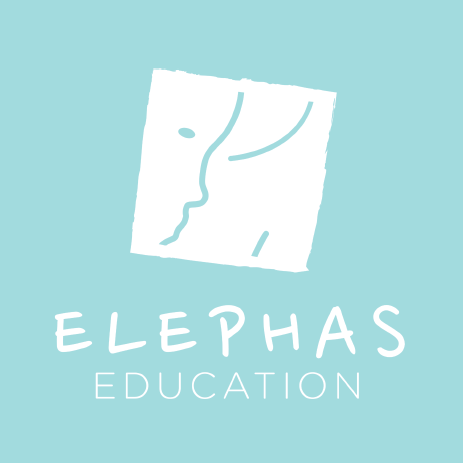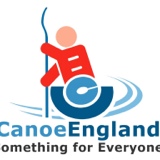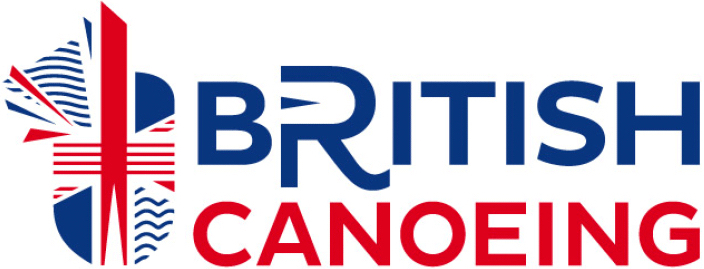Information
-
Date assessed
-
Name of the person conducting the assessment.
-
Contact staff details - on the day of the assessment
-
Staff details of other staff members who where involved in the assessment process.
Quality Area 1 - Educational program and practice
Standard 1.1 The educational program enhances each child’s learning and development.
-
Element 1.1.1<br>Curriculum decision-making contributes to each child’s learning and development outcomes in relation to their identity, connection with community, wellbeing, confidence as learners and effectiveness as communicators.
-
Element 1.1.2 <br>Each child’s current knowledge, strengths, ideas, culture, abilities and interests are the foundation of the program.
-
Element 1.1.3 <br>All aspects of the program, including routines, are organised in ways that maximise opportunities for each child’s learning.
Standard 1.2 Educators facilitate and extend each child’s learning and development.
-
Element 1.2.1<br>Educators are deliberate, purposeful, and thoughtful in their decisions and actions.
-
Element 1.2.2<br>Educators respond to children’s ideas and play and extend children’s learning through open-ended questions, interactions and feedback.
-
Element 1.2.3<br>Each child's agency is promoted, enabling them to make choices and decisions that influence events and their world.
Standard 1.3 Educators and co-ordinators take a planned and reflective approach to implementing the program for each child.
-
Element 1.3.1 <br>Each child's learning and development is assessed or evaluated as part of an ongoing cycle of observation, analysing learning, documentation, planning, implementation and reflection.
-
Element 1.3.2<br>Critical reflection on children’s learning and development, both as individuals and in groups, drives program planning and implementation.
-
Element 1.3.3<br>Families are informed about the program and their child's progress.
Quality Area 2 - Children's health and safety
Standard 2.1 Each child’s health and physical activity is supported and promoted.
-
Element 2.1.1<br>Each child’s wellbeing and comfort is provided for, including appropriate opportunities to meet each child’s need for sleep, rest and relaxation.
-
Element 2.1.2<br>Effective illness and injury management and hygiene practices are promoted and implemented.
-
Element 2.1.3<br>Healthy eating and physical activity are promoted and appropriate for each child.
Standard 2.2 Each child is protected.
-
Element 2.2.1<br>At all times, reasonable precautions and adequate supervision ensure children are protected from harm and hazard.
-
Element 2.2.2<br>Plans to effectively manage incidents and emergencies are developed in consultation with relevant authorities, practised and implemented.
-
Element 2.2.3<br>Management, educators and staff are aware of their roles and responsibilities to identify and respond to every child at risk of abuse or neglect.
Quality Area 3 - Physical environment
Standard 3.1 The design of the facilities is appropriate for the operation of a service.
-
Element 3.1.1<br>Outdoor and indoor spaces, buildings, fixtures and fittings are suitable for their purpose, including supporting the access of every child.
-
Element 3.1.2<br>Premises, furniture and equipment are safe, clean and well maintained.
Standard 3.2 The service environment is inclusive, promotes competence and supports exploration and play-based learning.
-
Element 3.2.1<br>Outdoor and indoor spaces are organised and adapted to support every child's participation and to engage every child in quality experiences in both built and natural environments.
-
Element 3.2.2<br>Resources, materials and equipment allow for multiple uses, are sufficient in number, and enable every child to engage in play-based learning.
-
Element 3.2.3<br>The service cares for the environment and supports children to become environmentally responsible.
Quality Area 4 - Staffing arrangements
Standard 4.1 Staffing arrangements enhance children's learning and development.
-
Element 4.1.1<br>The organisation of educators across the service supports children's learning and development.
-
Element 4.1.2<br>Every effort is made for children to experience continuity of educators at the service.
Standard 4.2 Management, educators and staff are collaborative, respectful and ethical.
-
Element 4.2.1<br>Management, educators and staff work with mutual respect and collaboratively, and challenge and learn from each other, recognising each other’s strengths and skills.
-
Element 4.2.2<br>Professional standards guide practice, interactions and relationships.
Quality Area 5 - Relationships with children
Standard 5.1 Respectful and equitable relationships are maintained with each child.
-
Element 5.1.1<br>Responsive and meaningful interactions build trusting relationships which engage and support each child to feel secure, confident and included.
-
Element 5.1.2<br>The dignity and rights of every child are maintained.
Standard 5.2 Each child is supported to build and maintain sensitive and responsive relationships.
-
Element 5.2.1<br>Children are supported to collaborate, learn from and help each other.
-
Element 5.2.2<br>Each child is supported to regulate their own behaviour, respond appropriately to the behaviour of others and communicate effectively to resolve conflicts.
Quality Area 6 - Collaborative partnerships with families and communities
Standard 6.1 Respectful relationships with families are developed and maintained and families are supported in their parenting role
-
Element 6.1.1<br>Families are supported from enrolment to be involved in the service and contribute to service decisions.
-
Element 6.1.2<br>The expertise, culture, values and beliefs of families are respected and families share in decision-making about their child’s learning and wellbeing.
-
Element 6.1.3<br>Current information is available to families about the service and relevant community services and resources to support parenting and family wellbeing.
Standard 6.2 Collaborative partnerships enhance children’s inclusion, learning and wellbeing.
-
Element 6.2.1<br>Continuity of learning and transitions for each child are supported by sharing information and clarifying responsibilities.
-
Element 6.2.2<br>Effective partnerships support children's access, inclusion and participation in the program.
-
Element 6.2.3<br>The service builds relationships and engages with its community.
Quality Area 7 - Governance and Leadership
Standard 7.1 Governance supports the operation of a quality service.
-
Element 7.1.1<br>A statement of philosophy guides all aspects of the service’s operations.
-
Element 7.1.2<br>Systems are in place to manage risk and enable the effective management and operation of a quality service.
-
Element 7.1.3<br>Roles and responsibilities are clearly defined, and understood, and support effective decision making and operation of the service.
Standard 7.2 Effective leadership builds and promotes a positive organisational culture and professional learning community.
-
Element 7.2.1<br>There is an effective self-assessment and quality improvement process in place.
-
Element 7.2.2<br>The educational leader is supported and leads the development and implementation of the educational program and assessment and planning cycle.
-
Element 7.2.3<br>Educators, co-ordinators and staff members’ performance is regularly evaluated and individual plans are in place to support learning and development.











